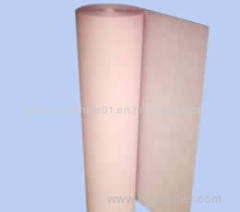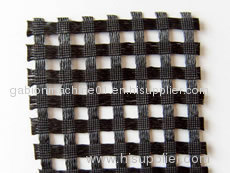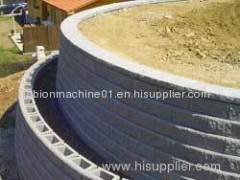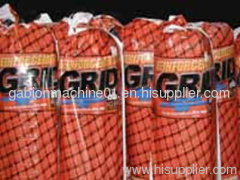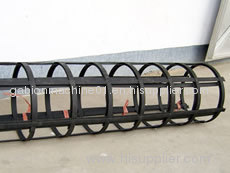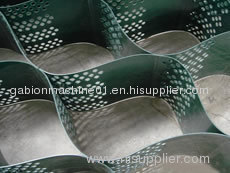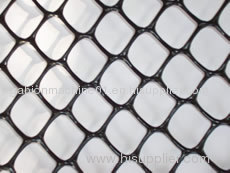|
Hebei HuaAn Geogrid Co., Ltd.
|
soil reinforcement geogrid
| Payment Terms: | T/T |
| Place of Origin: | Hebei, China (Mainland) |
|
|
|
| Add to My Favorites | |
| HiSupplier Escrow |
Product Detail
Geogrid reinforcing is used for reinforcing segmental retaining walls with the features of flexible, very durable, and have long-term design strength.
Geogrids are flexible, synthetic meshes which are manufactured specifically for slope stabilization and earth retention. Grids are available in a variety of materials, sizes and strengths. They can be made of high tensile strength plastics or woven polyester yarns, and are typically packaged at the factory in rolls. The grids are rated by Long-Term Allowable Design Strength (LTADS) with values ranging from 500 to 3,000 pounds per linear foot (7.3N/m to 43.8N/m).
These products are flexible, very durable, and have long-term design strength. Geogrid reinforcing is designed to be used in conjunction with retaining wall block and soil to stabilize the mass behind the wall.
Geogrid reinforcing should be used (or may even be required) for reinforcing segmental retaining walls whenever the retaining walls are higher than 3', the retaining wall slopes, there are surcharges (any downward pressures imposed above the retaining wall level, such as parking areas, etc.), the retaining walls are created by moving soil to create additional usable space, or the retaining walls are being used to hold back soil around swimming pools. See Installing Geogrid Reinforcing for detailed installation instructions.
Geogrid Reinforcing Applications
Base courses for road, railway, and airport construction
Construction of access roads and transportation links
Retaining structures and very steep banks
Slope stabilization
Noise-protection embankments
Contaminated land reclamation
Piled embankments
Landfill construction
Bridging of hollows and sink holes
Didn't find what you're looking for?
Post Buying Lead or contact
HiSupplier Customer Service Center
for help!

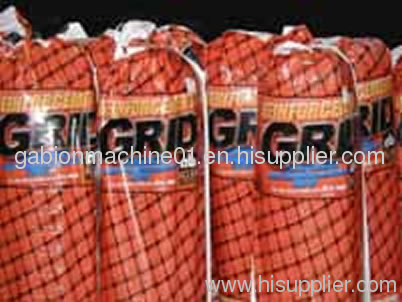
.gif)

